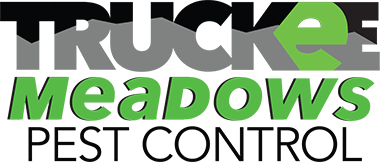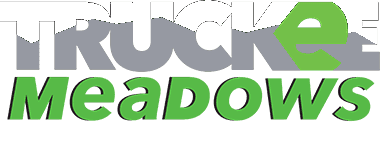[et_pb_section bb_built=”1?][et_pb_row][et_pb_column type=”4_4?][et_pb_divider _builder_version=”3.0.72? show_divider=”on” divider_style=”dotted” divider_position=”center” divider_weight=”2? hide_on_mobile=”on” color=”#7cda24? /][/et_pb_column][/et_pb_row][et_pb_row][et_pb_column type=”1_3?][et_pb_image _builder_version=”3.0.72? src=”https://tmpestcontrol.com/wp-content/uploads/2017/09/PestInspector.jpg” show_in_lightbox=”off” url_new_window=”off” use_overlay=”off” sticky=”off” align=”left” always_center_on_mobile=”on” border_style=”solid” force_fullwidth=”off” animation_style=”fade” /][/et_pb_column][et_pb_column type=”2_3?][et_pb_text _builder_version=”3.0.72? background_layout=”light” text_orientation=”left” border_style=”solid”]
Pests are unwanted plants, animals, insects, germs or other organisms that interfere with human activity. They may bite, destroy food crops, damage property, or otherwise make our lives more difficult.
Effective pest control requires some knowledge about the pest and its habits. The first step is to identify the pest correctly; the second step is to learn about its lifestyle. After that, you can evaluate strategies to control your pest.
[/et_pb_text][/et_pb_column][/et_pb_row][et_pb_row][et_pb_column type=”4_4?][et_pb_divider _builder_version=”3.0.72? show_divider=”on” divider_style=”dotted” divider_position=”center” divider_weight=”2? hide_on_mobile=”on” color=”#7cda24? /][/et_pb_column][/et_pb_row][/et_pb_section]

